Headphones
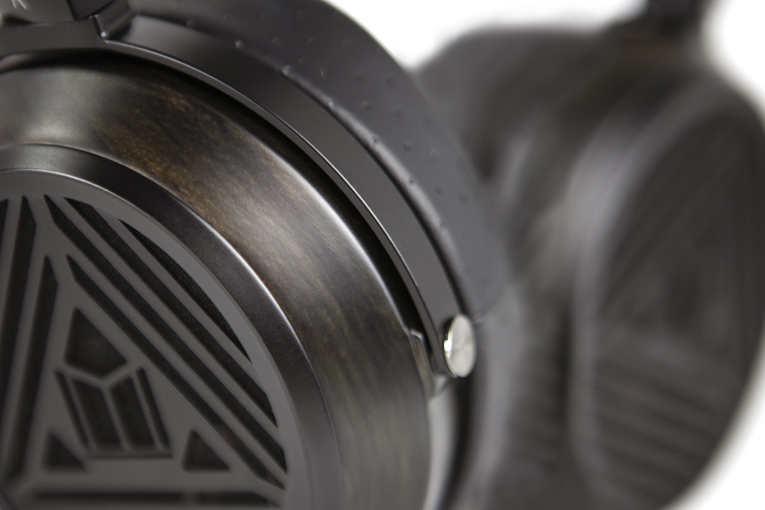
- Details
- Written by: Brent Butterworth
Sound: 









Value: 









(Read about our ratings)
Measurements can be found by clicking this link.
The Monoprice Monolith M570s ($299.99 USD) are, in the world of headphones, what the Steve Carell-starring The Office was in the world of TV: an Americanized version of an unfamiliar foreign thing. The M570s riff on a basic headphone design sold by the relatively obscure Chinese brands Blon and Sendy. They substitute a more familiar brand name, adopt a sleeker look, alter the tuning a bit, and cut the price -- by roughly 33 or 50 percent, respectively.
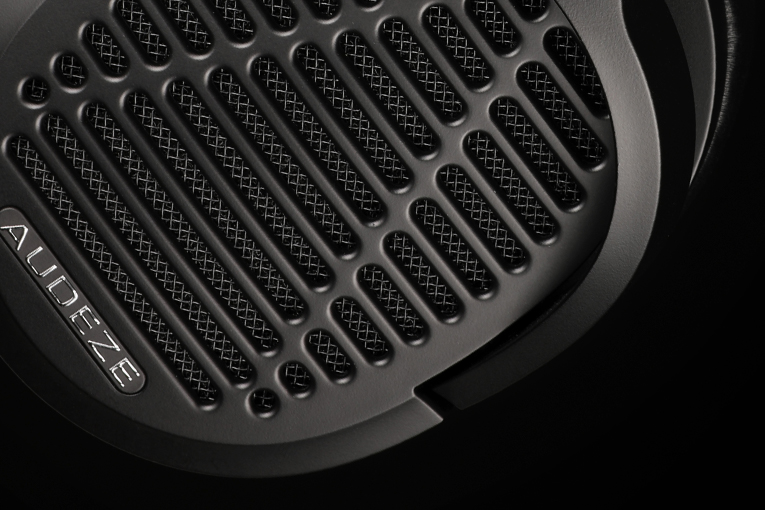
- Details
- Written by: Brent Butterworth
Sound: 









Value: 









(Read about our ratings)
Measurements can be found by clicking this link.
When the Audeze LCD-1 headphones debuted a couple of months ago, I was deeply disappointed -- in myself. I’d reviewed the company’s products for years, but never really stopped to ponder why there were LCD-2s, LCD-3s, and LCD-4s, but no LCD-1s. Maybe I assumed it was an early attempt that never came to market. Regardless, the LCD-1s ($399 USD) are here -- but these are radically different headphones from what we’d normally expect of Audeze.
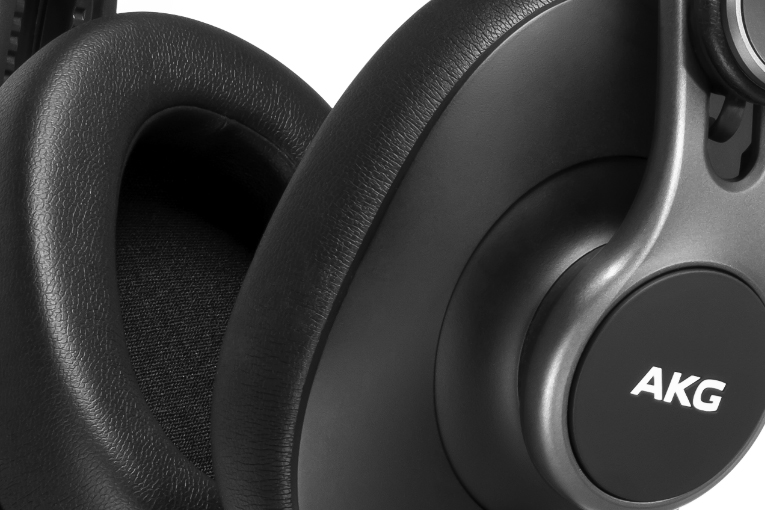
- Details
- Written by: Brent Butterworth
Sound: 









Value: 









(Read about our ratings)
Measurements can be found by clicking this link.
 To date, the best science on what headphone frequency response sounds best comes from Harman Research. Although the group presented its original research at the 2012 Audio Engineering Society Convention, it has only recently begun to influence headphones and earphones made by Harman companies, such as AKG and JBL. In fact, the AKG K371s are the first passive headphones that clearly show the influence of the so-called “Harman curve.” Harman International senior fellow Sean Olive, co-author (with Todd Welti) of the 2012 paper, told me the K371s come within about 1dB of the Harman curve -- which, for passive headphones, is quite impressive, given how complicated they are to tune.
To date, the best science on what headphone frequency response sounds best comes from Harman Research. Although the group presented its original research at the 2012 Audio Engineering Society Convention, it has only recently begun to influence headphones and earphones made by Harman companies, such as AKG and JBL. In fact, the AKG K371s are the first passive headphones that clearly show the influence of the so-called “Harman curve.” Harman International senior fellow Sean Olive, co-author (with Todd Welti) of the 2012 paper, told me the K371s come within about 1dB of the Harman curve -- which, for passive headphones, is quite impressive, given how complicated they are to tune.
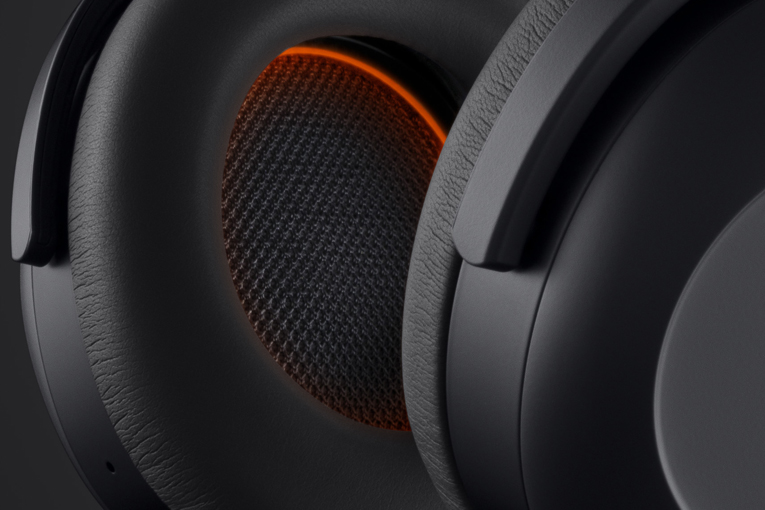
- Details
- Written by: Brent Butterworth
Sound: 









Value: 









(Read about our ratings)
Measurements can be found by clicking this link.
With the Lagoon ANC headphones, Beyerdynamic takes on the toughest task in audio: trying to beat Bose at the noise-canceling headphone game. Sure, some companies outperform Bose in some ways -- for instance, PSB’s noise-canceling headphones sound better, and Sony’s WH-1000XM3 headphones cancel noise a bit better -- but still, Bose practically owns the category. The Lagoon ANCs ($399 USD) attempt to best Bose with better sound, sleeker styling, better Bluetooth codecs, and cooler features.
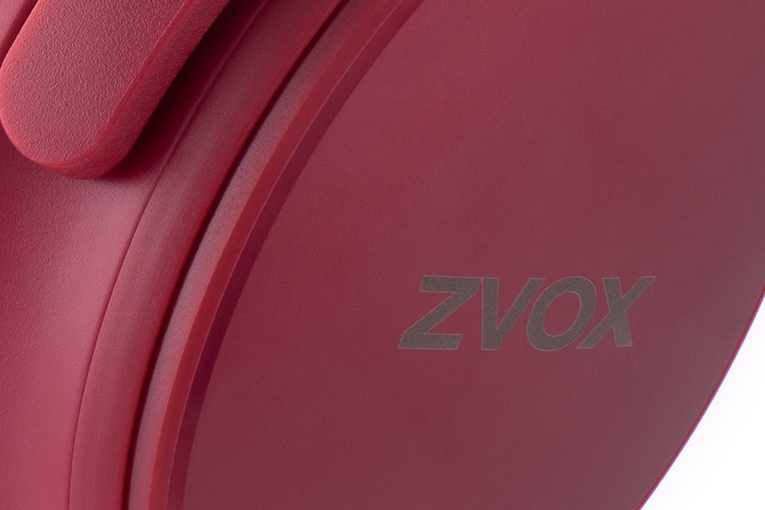
- Details
- Written by: Brent Butterworth
Sound: 









Value: 









(Read about our ratings)
Measurements can be found by clicking this link.
The Zvox Audio AV50s look like your average, everyday noise-canceling headphones. But they’re not. Zvox specializes in making soundbars that make voices easier to hear. Many audio products claim to do this, but most accomplish it through simple EQ shaping -- usually boosting in the upper midrange/lower treble, somewhere around 2 to 4kHz. Zvox does some EQ, too, but says it also adds dynamic range compression and a few other tricks to achieve more effective voice enhancement. The AV50s bring this technology, which Zvox named AccuVoice, to headphones.
Read more: Zvox Audio AV50 Bluetooth Noise-Canceling Headphones
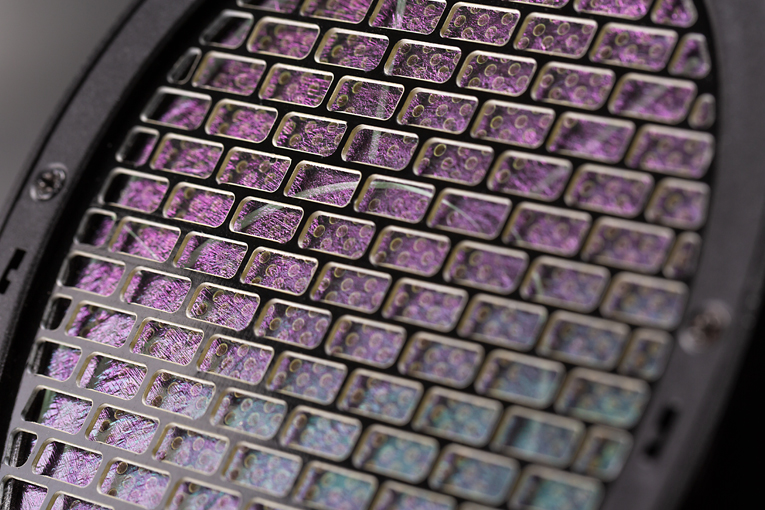
- Details
- Written by: Brent Butterworth
Sound: 









Value: 









(Read about our ratings)
Measurements can be found by clicking this link.
 Electrostatic headphones seem to live in the shadow of planar magnetics, even though the two are similar in many ways. Why aren’t electrostatics getting more love? Because they’re kind of a pain. They need an amplifier that can provide hundreds of volts of charge to the electrostatic membrane that is part of each driver, so you can’t plug them straight into a smartphone or laptop. The HiFiMan Jade IIs might help the electrostatic category get a little more love -- not because they’re any less of a hassle than other electrostatic headphones, but because they’re only $2500 USD for the headphones and the amp. That’s far from cheap, but considering that the best-known headphones in the category, the Stax SR-009s, cost about $5000 with an amp, and many new planars cost $3000 or more, the Jade IIs seem like something of a bargain.
Electrostatic headphones seem to live in the shadow of planar magnetics, even though the two are similar in many ways. Why aren’t electrostatics getting more love? Because they’re kind of a pain. They need an amplifier that can provide hundreds of volts of charge to the electrostatic membrane that is part of each driver, so you can’t plug them straight into a smartphone or laptop. The HiFiMan Jade IIs might help the electrostatic category get a little more love -- not because they’re any less of a hassle than other electrostatic headphones, but because they’re only $2500 USD for the headphones and the amp. That’s far from cheap, but considering that the best-known headphones in the category, the Stax SR-009s, cost about $5000 with an amp, and many new planars cost $3000 or more, the Jade IIs seem like something of a bargain.
- MEE Audio Matrix Cinema ANC Bluetooth Headphones
- Status Audio BT One Bluetooth Headphones
- Meze Audio Empyrean Headphones
- Denon AH-D7200 Headphones
- Cleer Next Headphones
- Focal Stellia Headphones
- KLH Ultimate One Headphones
- Quad ERA-1 Headphones
- HiFiMan HE6se Headphones
- Fostex T60RP Headphones
- Audeze LCD2 Closed-Back Headphones
- Fostex TH909 Headphones
- Tribit Audio XFree Tune Bluetooth Headphones
- HiFiMan Ananda Headphones
- Focal Elegia Headphones
- Base Audio G12 Headphones
- Monoprice Monolith M650 Headphones
- NAD Viso HP70 Bluetooth Noise-Canceling Headphones
- Audio-Technica ATH-ANC700BT Bluetooth Noise-Canceling Headphones
- B&O Play Beoplay H9i Bluetooth Noise-Canceling Headphones
- Audio-Technica ATH-ADX5000 Headphones
- Marshall Mid A.N.C. Bluetooth Headphones
- Beyerdynamic Aventho Wireless Bluetooth Headphones
- PSB M4U 8 Bluetooth Noise-Canceling Headphones
- Bowers & Wilkins PX Bluetooth Noise-Canceling Headphones
- Klipsch Heritage HP-3 Headphones
- Focal Clear Headphones
- AKG N60 NC Wireless Bluetooth Noise-Canceling Headphones
- Acoustic Research AR-H1 Headphones
- Music Everywhere: Audio-Technica ATH-DSR9BT Bluetooth Headphones
- Sony WH-1000XM2 Wireless Noise-Canceling Headphones
- Sennheiser HD 4.50 BTNC Headphones
- Music Everywhere: Audio-Technica ATH-SR6BTBK Bluetooth Headphones
- JBL E55BT Quincy Edition Headphones
- Music Everywhere: JBL Everest Elite 750NC Wireless Headphones
- Tidal Force Wave 5 Headphones
- Monoprice M1060 Headphones
- HiFiMan Susvara Headphones
- Audio-Technica ATH-DSR7BT Bluetooth Headphones
- Libratone Q Adapt On-Ear Headphones
- Music Everywhere: Koss BT539ik Bluetooth Headphones
- Bowers & Wilkins P9 Signature Headphones
- Blue Ella Headphones
- Beyerdynamic Amiron Home Headphones
- Music Everywhere: Altec Lansing MZX300 Bluetooth Headphones
- Music Everywhere: Koss UR42i Headphones
- HiFiMan HE1000 V2 Headphones
- Final Sonorous III Headphones
- Beyerdynamic T 5 p Headphones
- Audeze Sine Headphones
- Sennheiser HD 630VB Headphones
- Music Everywhere: Audio-Technica ATH-SR5BT Bluetooth Headphones
- AKG N60 NC Headphones
- Music Everywhere: Sennheiser Momentum Wireless Bluetooth Headphones
- Sennheiser HD 800 S Headphones
- Music Everywhere: Audio-Technica ATH-WS99BT Solid Bass Bluetooth Headphones
- RBH Sound HP-2 Headphones
- Pryma 0|1 Headphones
- HiFiMan Edition X Headphones
- JBL Everest Elite 700 Headphones
- Music Everywhere: Audio-Technica ATH-S700BT SonicFuel Bluetooth Headphones
- Definitive Technology Symphony 1 Headphones
- NAD Viso HP30 Headphones
- HiFiMan HE1000 Headphones
- Music Everywhere: Outdoor Tech. Tuis Bluetooth Headphones
- AudioQuest NightHawk Headphones
- Music Everywhere: Koss BT540i Bluetooth Headphones
- Bowers & Wilkins P5 Series 2 Headphones
- Music Everywhere: Audio-Technica ATH-MSR7 Headphones
- Oppo Digital PM-3 Headphones
- Torque Audio t402v Headphones
- Music Everywhere: Polk Audio Hinge Wireless Bluetooth Headphones
- Music Everywhere: Monoprice 10585 Bluetooth Headphones
- Oppo Digital PM-2 Headphones
- Music Everywhere: Jam Transit Bluetooth Headphones
SoundStage! Solo is part of
All contents available on this website are copyrighted by SoundStage!® and Schneider Publishing Inc., unless otherwise noted. All rights reserved.
This site was designed by Karen Fanas and the SoundStage! team.
To contact us, please e-mail info@soundstagenetwork.com





